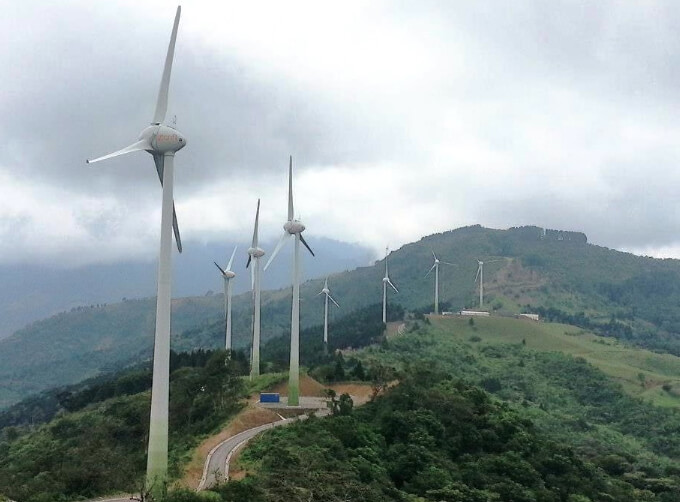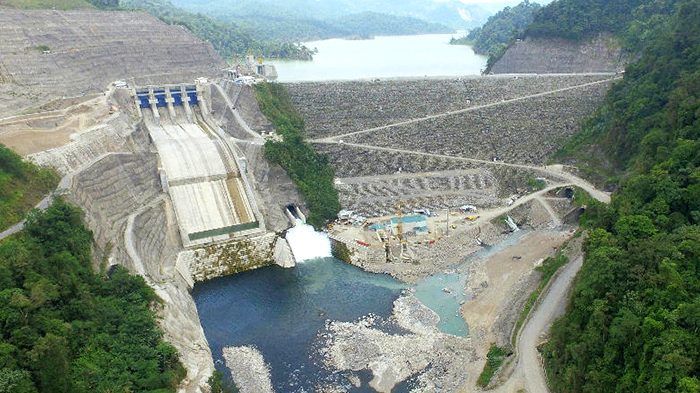Costa Rica News – Costa Rica saying it ran in 100% renewable energy is not so true.
 Unless you’ve avoided social media for the last week, you probably know that last year, Costa Rica was able to produce 98% of its electricity without oil – a feat that most larger and wealthier countries have never accomplished.
Unless you’ve avoided social media for the last week, you probably know that last year, Costa Rica was able to produce 98% of its electricity without oil – a feat that most larger and wealthier countries have never accomplished.
Over the past few days, reports of Costa Rica’s 271 days of fossil-fuel free electricity have made their way to almost every corner of the internet.
The news has bolstered the Central American country’s already outstanding environmental reputation – but the excitement has masked another less-than-green truth about Costa Rica’s energy use: the country’s demand for oil is actually growing.
The country uses a mix of hydro, wind and geothermal to power the homes of its 4.9 million people, but because of its gasoline-dependent transportation sector, renewables make up less than a quarter of the nation’s total energy use.
According to Costa Rica’s State of the Region report, the country has approximately 287 cars per 1,000 people, surpassing both the world and Latin American average.
Hybrids and electric cars that can feed off the renewable electricity grid make up less than 2% of those vehicles, and according to the national oil refinery, gas purchases increased by 11% in 2016.
This explosive growth in private vehicles is causing more than just pollution. Traffic in the capital, San José, has become almost unmanageable, with the city earning the worst ranking for congestion in Latin America, according to a study by the navigation app Waze.
While the footage of Costa Rica’s pristine jungles may suggest otherwise, this traffic-plagued city is home to more than half of all Costa Ricans – many of whom have lost their appetite for San José’s antiquated bus system.
With more Costa Ricans now able to afford cars, demand for oil is expected to continue growing, unless major changes are made to attract people to public transit and electric vehicles.
Alongside a growing thirst for fuel, demand for electricity is also rising in Costa Rica, but new renewable generation infrastructure will likely cover the increase.
“For 2017, we expect renewable electricity generation to remain stable,” ICE’s executive president, Carlos Manuel Obregón, said recently. “We have four new wind plants and expect favorable rain conditions in the basins that feed our plants.”
Aside from the new wind farms, the Reventazón hydroelectric dam near the country’s Caribbean coast became fully functional in September. With the capacity to power an estimated 525,000 homes, the new dam is strategically positioned to take advantage of the increased rainfall in the country’s Caribbean region, and will be critical for maintaining hydroelectric production in the face of repeated droughts in other parts of the country.
The Reventazón is now the largest hydroelectric project in Central America, but the region has long relied on dams for power. Though Costa Rica has made major investments in wind and geothermal plants in the last 25 years – with its percentage of non-hydro renewables well surpassing the world average – the country still routinely produces more than 70% of its electricity each year using dams.
Though hydropower is cleaner than burning bunker fuel for electricity, the heavy reliance on dams carries its own cost. The Reventazón project was criticized by environmental groups for its position along a critical wildlife corridor and the planned Diquís dam in the country’s south-west has been held up for years due to conflicts with indigenous groups.
While the country has continued to view dams as a viable way to create renewable electricity, solar power has been pushed aside, due to political concerns that home- generated power would cut into the state electricity company’s profits.
Despite the country’s limitations, Costa Rica’s renewable electricity production will probably continue to grow, as the government explores options to begin exporting its surplus electricity to its neighbors.
By Lindsay Fendt, The Guardian

